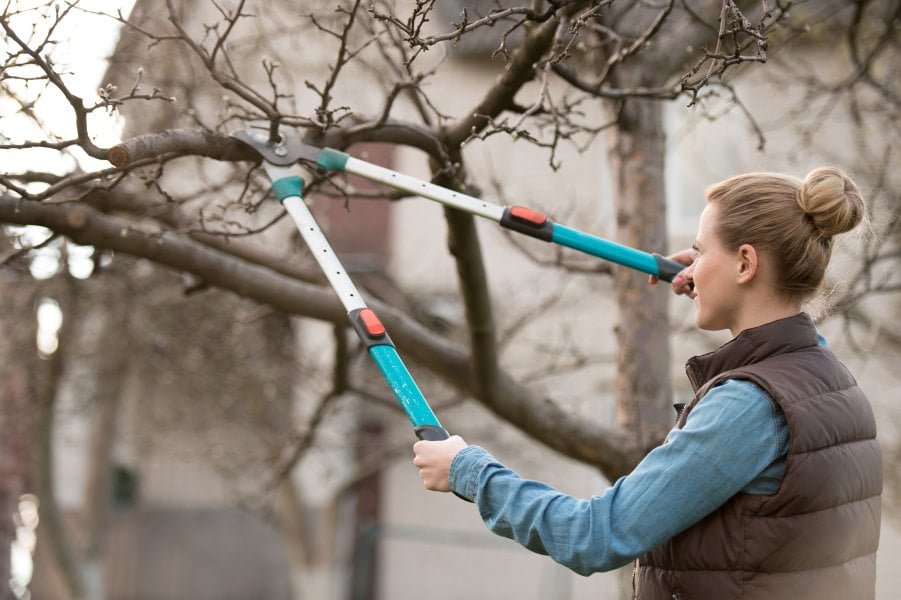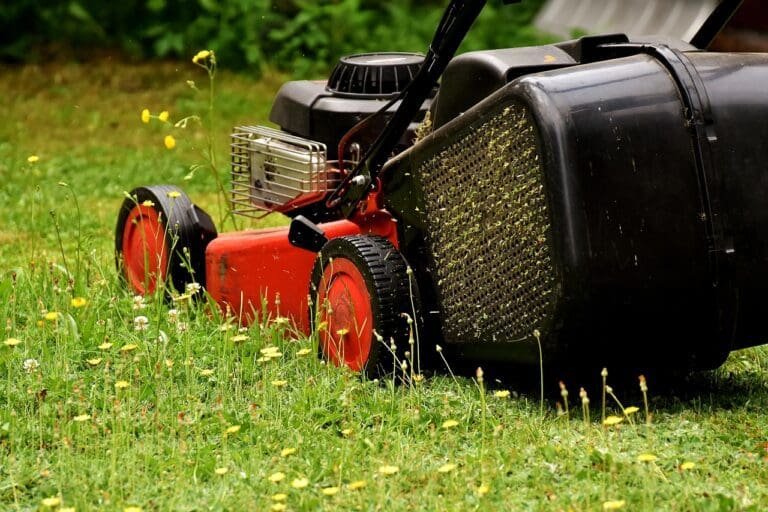Understanding the best time of year to prune trees is essential for maintaining their health, shape, and natural beauty. Familiarising yourself with tree dormancy patterns and growth cycles enables confident pruning throughout the year.
The Best Time to Prune Different Types of Trees
Timing needs can vary depending on the type of tree and the pruning aims. Here’s a quick overview of optimal pruning times for common garden trees:
| Type of Tree | Best Time to Prune | Examples |
|---|---|---|
| Deciduous Trees | Late winter during dormancy, before new growth emerges | Oak, Maple, Birch, Cherry |
| Fruit Trees | Late winter/very early spring, before bud break | Apple, Pear, Plum |
| Spring-Flowering Trees | Immediately after flowering completes | Magnolia, Crabapple, Flowering Cherry |
| Evergreen Trees | Late winter for light pruning; late summer/early fall for heavy pruning | Pine, Spruce, Holly |
| Young/Newly Planted Trees | Limit pruning in the first years; wait for trunk and branch structure to establish | – |
You might also be interested in: The Best Trees for Your Small UK Garden
Understanding Tree Dormancy and Pruning

Before deciding when to prune, it helps to understand the dormant season that trees enter each year. As temperatures drop and daylight hours shorten, deciduous trees shed their leaves and enter a period of minimal growth which conserves energy. Evergreen trees also experience slowed growth at this time.
Dormancy continues through winter until rising spring temperatures spur new growth. This time of cold-induced inactivity makes the ideal window for pruning tasks. With metabolism slowed, trees can focus energy on healing cuts rather than new growth. Pruning in late winter just before spring growth commences tends to yield the best results.
Pruning for Plant Health and Safety

While aesthetics matter, pruning first and foremost gives us an opportunity to ensure our trees thrive in the long term. Key goals include removing:
- Dead branches/limbs – Cut away dead or dying branches as they can invite pests/pathogens.
- Diseased sections – Pruning off affected parts can stop disease spread.
- Broken/damaged areas – Remove broken or split branches back to healthy wood.
- Crossing/rubbing branches – Take out branches that rub or cross as they can damage bark.
Safety is paramount, so pruning to prevent potential hazards is also vital, especially in public spaces or over homes/power lines. Tree risk assessment by a certified arborist should guide this pruning.
Top Tip: Always ensure your pruning equipment is sharp and well-maintained, as clean cuts are crucial for the health and quick healing of your trees
Pruning Techniques and Tools
With the right techniques and tools, pruning tasks go smoothly:
Essential Pruning Tools
- Bypass pruners – for smaller branches
- Loppers – for thicker branches
- Folding pruning saw – for large branches that pruners can’t tackle
- Pole pruners/saws – for tall, hard-to-reach areas
- Tree trimmer – powered pruner for professional use
Useful Techniques
Proper pruning technique improves results and minimizes stress to the tree. Key tips include making clean cuts just outside the branch collar without leaving branch stubs, using thinning cuts to enhance air flow and light, and limiting how much live tissue is removed at one time. Take care not to damage the main trunk or branches when pruning. Leaving a clean cut helps new tissue heal quickly.
Common Pruning Mistakes to Avoid
Even seasoned gardeners go wrong when pruning sometimes. Be sure to steer clear of these common pitfalls:
- Not disinfecting tools between trees/plants leading to disease spread
- Pruning too late in the growing season, causing sap bleeding or growth stress
- Removing too much live tissue at once, sending the tree into shock
- Cutting main leader/scaffold branches by accident
- Leaving branch stubs or making improper pruning cuts
- Over-pruning so that the tree’s natural form is impacted
- Assuming all trees have the same pruning needs/timelines
Stay vigilant, go slowly, and research the specifics for your tree species. Recruit an arborist whenever you lack confidence about tackling more complex pruning tasks.
FAQs: When is the Best Time of Year to Prune Trees
Still seeking some specifics? Here are answers to those frequently asked pruning questions:
Q. What is the best time of year to prune flowering trees?
The optimal time is immediately after flowering ends to preserve next year’s flower buds. Pruning flowering cherry or magnolia too early means sacrificing flowers.
Q. How can I tell if my tree is in its dormant phase?
Depending on species, dormancy typically occurs from late fall to late winter once trees have dropped leaves/needles and woody growth ceases.
Q. Is it ever too late to prune a tree?
As a rule, avoid pruning when new growth is active from late spring through summer since this stresses trees. Focus on winter dormancy going forward.
Q. Can pruning at the wrong time harm my tree?
Pruning during growth periods interrupts the tree’s natural cycles and can limit fruiting and flowering. However, removing damaged branches is recommended regardless of season.
Q. Should young trees be pruned differently than mature ones?
Limit pruning young/newly planted trees to structural corrections so they can establish solid growth for several years before cosmetic pruning shapes them.
Final thoughts
When it comes to pruning trees – as with so many garden tasks – timing matters greatly. While specific needs vary, focusing pruning during dormant seasons as trees rest gives fantastic results with minimal stress. Arm yourself with essential tips based on tree type, age, and goals so you can prune with confidence for a healthier, safer outdoor space.
Stay tuned for more seasonal gardening guides! Understanding your trees’ natural cycles and timing your care optimally fosters their vigour and longevity for years of enjoyment to come.



